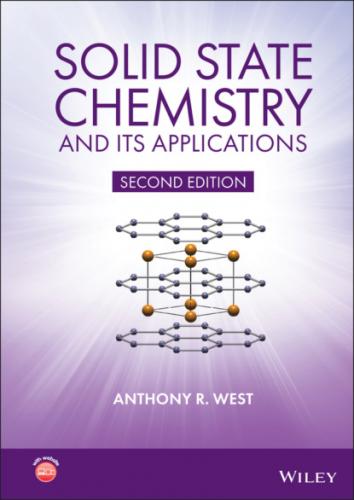The space group C2/m contains eight general equivalent positions, all of which may be generated from position 1 by the combined action of the C‐centring, one 2‐fold axis, and mirror plane. Thus, the C‐centring creates an equivalent position, 2, after translation by ½, ½, 0. The action of the 2‐fold axis passing through the origin generates 6′ from 1. Position 3 is similarly related to 2 by the action of the 2‐fold axis passing through a = ½, с = 0. Alternatively, 3 may be generated from 6′ by the C‐centring condition. The mirror plane at b = 0 generates positions 8″ from 1 and 7‴ from 6′. Note that 8″ and 1 are at the same positive с value and that 8″ contains a comma to indicate its enantiomorphic relation to 1. Positions 4 and 5 are related to 3 and 2 by the mirror plane that cuts b at ½; alternatively, 4 and 5 are generated from 7‴ and 8″ by the C‐centring.
The coordinates of the eight equivalent positions within the cell, together with their number, if shown, are: x, y, z (1); x + ½, y + ½, z (2); ½ − x, ½ + y,
The combination of a mirror plane perpendicular to a 2‐fold axis, together with the C‐centring, leads to the generation of several other symmetry elements. These include 21 screw axes parallel to b, centres of symmetry and glide planes. For example, the centre of symmetry created at the origin relates positions 1 and 7‴, 6′ and 8″.
The thick dashed line g in the right‐hand diagram indicates a glide plane for which the translation component is a/2 and reflection is across a plane perpendicular to b. Such a glide plane is called ‘an a glide perpendicular to b’. Thus, position 1 is translated by a/2 to the position shown as the dashed circle; reflection across the plane, g, which cuts b at
1.18.5.4 Orthorhombic P2221
This primitive orthorhombic space group has 2‐fold rotation axes parallel to x and у and a 21 screw axis parallel to z. The feature of this space group, Fig. 1.64, which makes the generation of the equivalent positions a little difficult to visualise, is that the 2‐fold rotation axes parallel to у occur at а с height of
